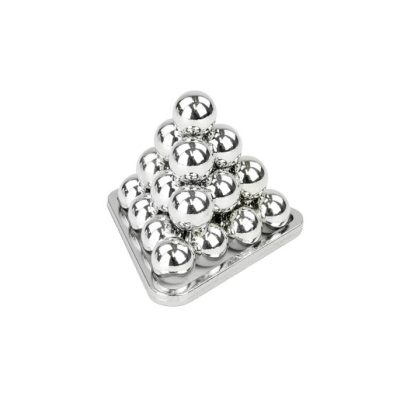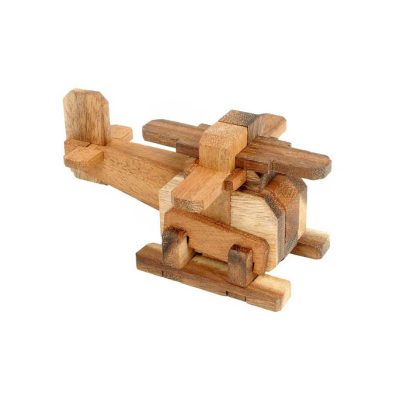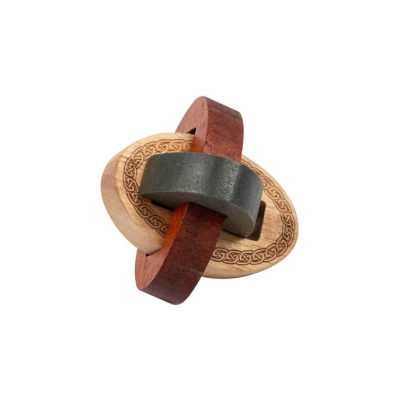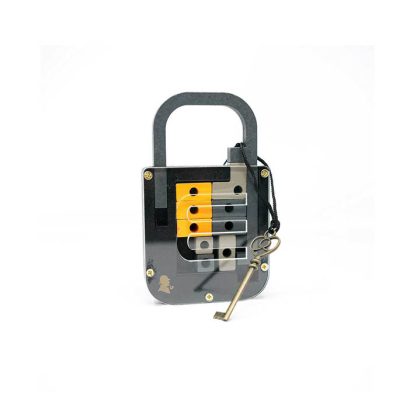-
 Dave Vinke
Dave Vinke
- Leestijd: 5 min
- Laatst geüpdatet: 13/10/2025
Safe model building requires proper protective equipment, a well-organized workspace, and conscious use of tools. You need gloves, safety glasses, and masks to protect yourself from glue, paint, and small particles. Additionally, good ventilation and an organized workspace are essential for working safely on your projects.
What protective equipment do you need for model building?
You need at least gloves, safety glasses, and a mask for safe model building. These protective items prevent skin contact with harmful substances, protect your eyes from splashes and small particles, and filter dangerous fumes from the air you breathe.
Nitrile gloves are the best choice because they resist most types of glue and solvents used in model building. Latex gloves can dissolve when in contact with certain chemicals. Choose gloves that fit well so you can still work precisely with small parts.
Safety glasses with side protection keep paint splatters, glue drops, and small plastic particles out of your eyes. This is especially important when filing, sanding, or spraying. Regular reading glasses don’t provide enough protection because splashes can come from the side.
For masks, you have several options. A simple dust mask helps against dust particles when sanding. For work with paint and glue, you need a mask with an activated carbon filter that also blocks fumes. Replace filters regularly according to the manufacturer’s instructions.
How do you set up a safe workspace for model building?
A safe workspace has good lighting, adequate ventilation, and a tidy work area with everything within reach. Ensure you have a stable table at the right height, good storage for materials and tools, and keep your work surface free of clutter to prevent accidents.
Position your work table near a window or install a bright LED lamp that doesn’t cast shadows. Poor lighting leads to mistakes and accidents because you can’t see details clearly. An adjustable desk lamp gives you the flexibility to direct light exactly where you need it.
Store glue, paint, and solvents in a locked cabinet away from heat sources. Keep your work surface organized with containers for small parts and a designated place for each tool. This prevents accidentally grabbing sharp objects or knocking over hazardous substances.
Ensure your workspace is easily accessible with wide walkways. Tripping over cables or boxes can lead to serious accidents, especially when working with sharp tools. Use cable reels and store materials in cabinets rather than on the floor.
Why is ventilation so important in model building projects?
Ventilation removes dangerous fumes from glue, paint, and solvents from your workspace. These chemical vapors can cause headaches, dizziness, and long-term health damage. Good air circulation ensures you can work safely without inhaling harmful substances.
Plastic cement, acrylic paint, and thinners all release fumes that are harmful to your respiratory system and nervous system. Even if you don’t smell the odor strongly, these substances can build up in a poorly ventilated space. Long-term exposure can lead to breathing problems and other health issues.
Open windows and doors on opposite sides of your workspace for natural cross-ventilation. If this isn’t possible, use a fan that blows air outside. Position the fan so it carries fumes away from your workspace, not toward you.
For intensive spray work, consider an exhaust hood or spray booth. These systems extract contaminated air directly at the source before you can inhale it. This is especially useful when working with lacquers or primers that release strong fumes.
How do you use model building tools safely?
Always use sharp tools with proper technique and store them safely after use. Keep knives and scissors directed away from your body, use cutting mats to protect your work surface, and regularly check tools for damage that could cause accidents.
A sharp knife is safer than a dull knife because you need to apply less force. Dull tools can suddenly slip and cause injuries. Replace blades regularly and keep spare blades on hand. Always use a metal ruler when cutting straight lines.
When drilling, first make a small mark with an awl or nail to prevent the drill bit from slipping. Always wear safety glasses because small metal or plastic particles can fly off. Clamp small parts instead of holding them with your hand.
Store sharp tools in a toolbox with separate compartments or use protective sheaths. Never leave knives or scissors loose on your work surface where you might accidentally grab them. Make it a habit to put tools away immediately after use.
Where can you find quality model building materials with safety guarantee?
Choose suppliers that provide clear product information, include safety instructions, and offer good customer service. Reliable online shops have comprehensive product descriptions, return policies, and are available to answer questions about safe use of their model building materials and tools.
With us, you’ll find a carefully selected range of model building products from renowned brands that meet European safety standards. We ensure all products come with clear usage instructions and safety information in Dutch.
Our customer service is happy to help you choose the right materials for your project and provides advice on safe use. We offer fast delivery – order until 11:30 PM for next-day delivery, so you can quickly get started on your project. Additionally, you benefit from our automatic discounts on multiple items.
Through our Thuiswinkel Waarborg certification, you can order from us with confidence. We stand behind the quality of our products and offer flexible return options should something not meet your expectations. This way, you can safely experiment with new techniques and materials.
Frequently Asked Questions
How often should I replace my filters and protective equipment?
Replace masks with activated carbon filters every 8-12 working hours or when you start to smell chemicals through the mask. Replace nitrile gloves with each project or as soon as they become damaged. Safety glasses only need replacing when scratched or damaged in ways that impair vision.
Can I safely practice model building in a small space like a bedroom?
A small space is not ideal due to limited ventilation options. If you have no other choice, only work with water-based materials, ensure maximum ventilation with windows and fans, and take regular breaks for fresh air. Avoid spray work and strong adhesives in small spaces.
What should I do if I accidentally get glue or paint on my skin?
Immediately rinse the skin with plenty of lukewarm water for at least 15 minutes. Don't use soap or solvents, as this can worsen absorption. If irritation, redness, or pain persists, consult a doctor. Always keep the product packaging for potential medical information.
How do I safely store chemical model building materials at home?
Store all chemical products in their original packaging in a cool, dry place away from children and pets. Use a locked metal cabinet and keep products away from heat sources like radiators. Regularly check expiration dates and dispose of old products through chemical waste collection.
Is it safe to let children help with model building projects?
Children can safely help with age-appropriate tasks under constant supervision. Don't let children under 12 work with sharp tools, glue, or paint. Use only water-based materials, ensure extra ventilation, and teach children basic safety rules. Give them their own safety glasses and properly sized gloves.
What first aid supplies should I have on hand during model building?
Keep a standard first aid kit within reach with bandages, sterile gauze, disinfecting wipes, and an eye wash bottle. Add burn gel for potential contact wounds from hot glue. Make sure you have the poison control number (088-7559000) handy for emergencies with chemical products.
Table of contents
Much viewed
More blogs
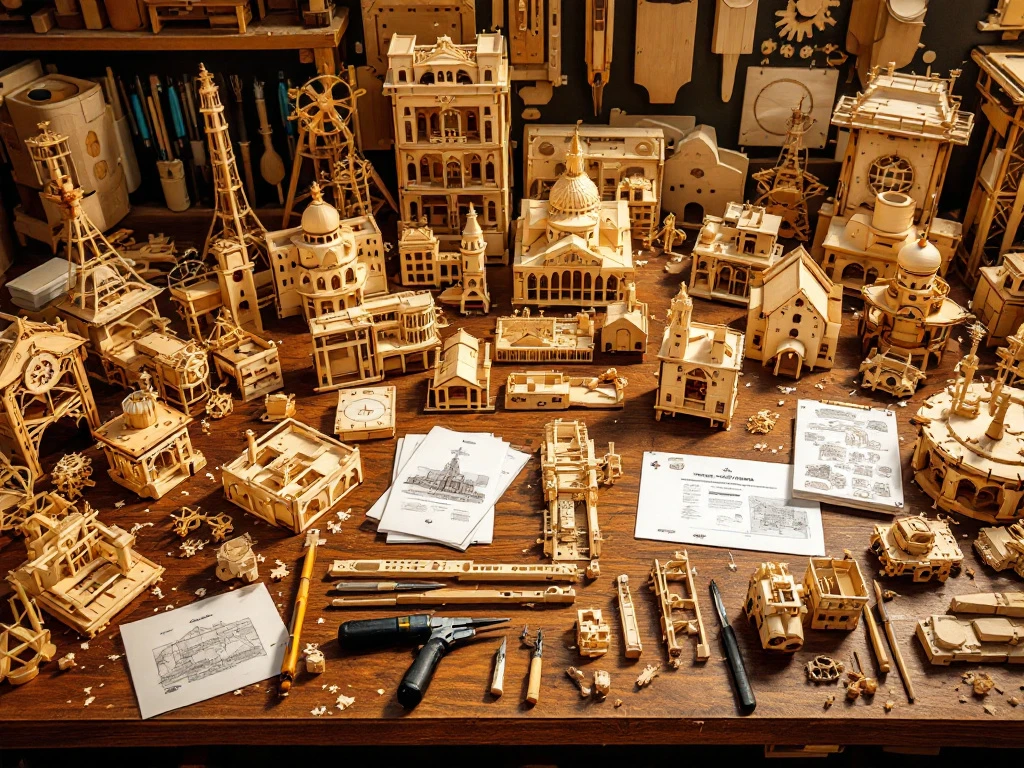
What are the trending wooden building kits of 2025?
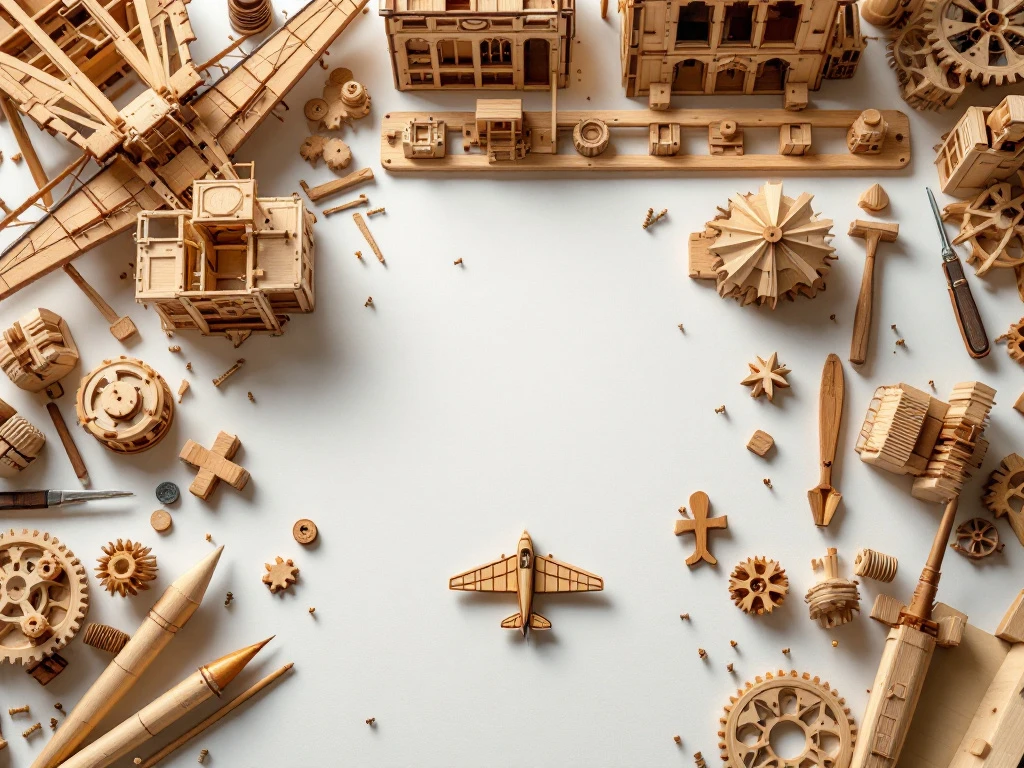
Which wooden building kits are most popular in 2025?
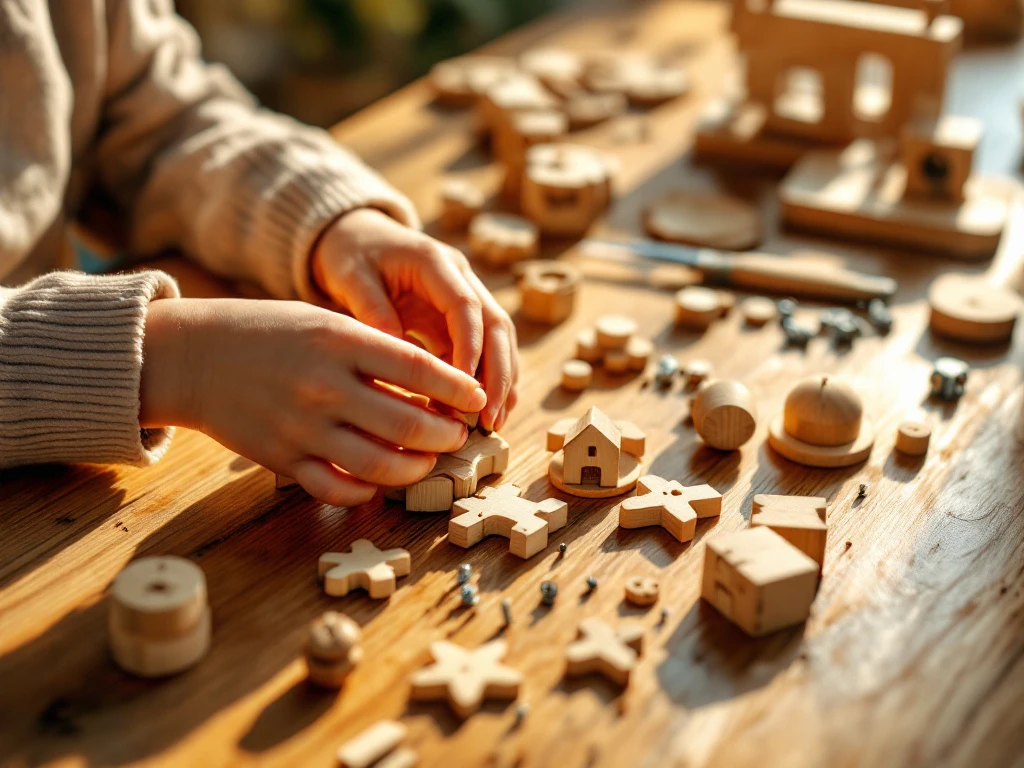
How do you develop motor skills with wooden building kits?

